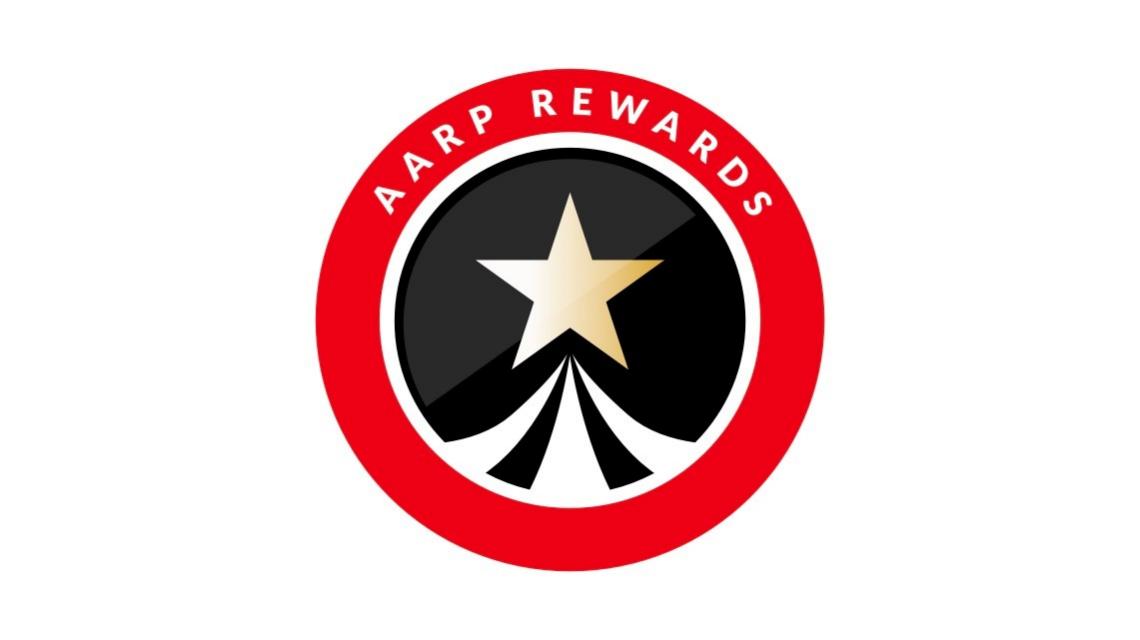Staying Fit
Some Medicare Part D prescription plans restrict coverage for certain medications, even if they’re on the plan’s list of covered drugs, which is called a formulary.
The three most common restrictions are:
- Prior authorization
- Step therapy
- Quantity limits
Part D plans set these restrictions, not Medicare, and they vary from plan to plan. This means you may need to get special permission before your plan will cover a drug or dosage.


AARP Membership— $12 for your first year when you sign up for Automatic Renewal
Get instant access to members-only products and hundreds of discounts, a free second membership, and a subscription to AARP the Magazine.
What is prior authorization in Medicare Part D?
With prior authorization, you or your doctor must contact the plan for permission before a pharmacy can fill certain, generally expensive, prescriptions. Your physician must verify that the drug is medically necessary for your specific situation. In some cases, a plan may require prior authorization because a powerful drug poses safety concerns if taken inappropriately, used for too long or prescribed for a medical condition other than its original purpose.
Medicare Advantage also uses it. Part D, which you buy from a private insurer that Medicare regulates, isn’t the only part of Medicare that may require prior authorization. Most Medicare Advantage plans, also offered by private insurance companies with Medicare approval, require prior authorization for some prescriptions you take and drugs administered in your doctor’s office.
The key question that insurance companies want answered is: Why was this particular drug prescribed instead of an alternative that might be less expensive or considered safer?
A plan may also require prior authorization if the drug could be covered under Medicare Part A, Part B or Part D and the company wants to know more about the circumstances under which the drug was prescribed.
- Medicare Part D usually covers a drug you take in your own home.
- Medicare Part B usually covers treatment in a doctor’s office.
- Medicare Part A or Part B may cover drug therapy in a hospital.
If your plan agrees to treatment under Part D, it will cover the drug. If not, your doctor should file your claim with Medicare under Parts A or B.




































































More on Medicare
The Big Choice: Original Medicare vs. Medicare Advantage
Which path you take will determine how you get your medical care — and how much it costs
10 Prescription Drugs With Excessive Price Hikes
AARP report finds hundreds of common medications outpace inflation
Medicare to Negotiate Prices on These 10 Prescription Drugs
Popular but pricey blood thinners, diabetes medications, cancer treatments make historic list